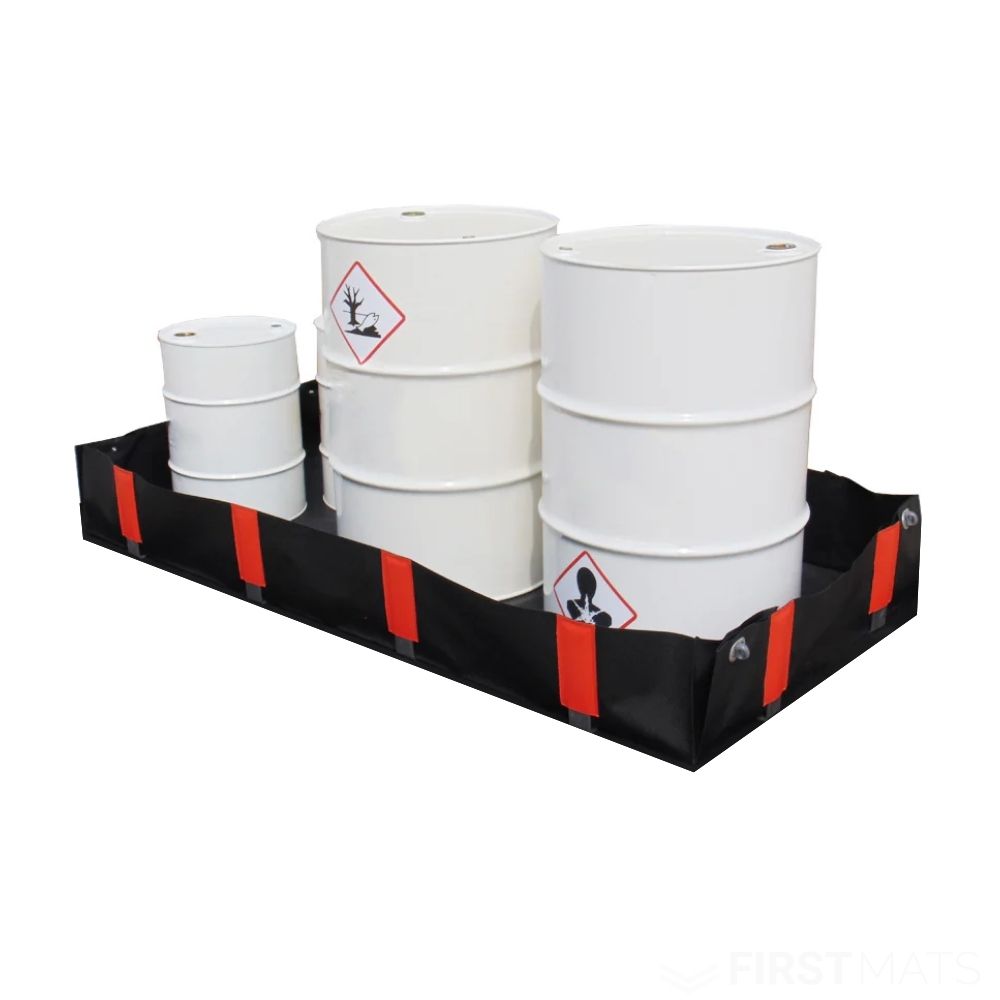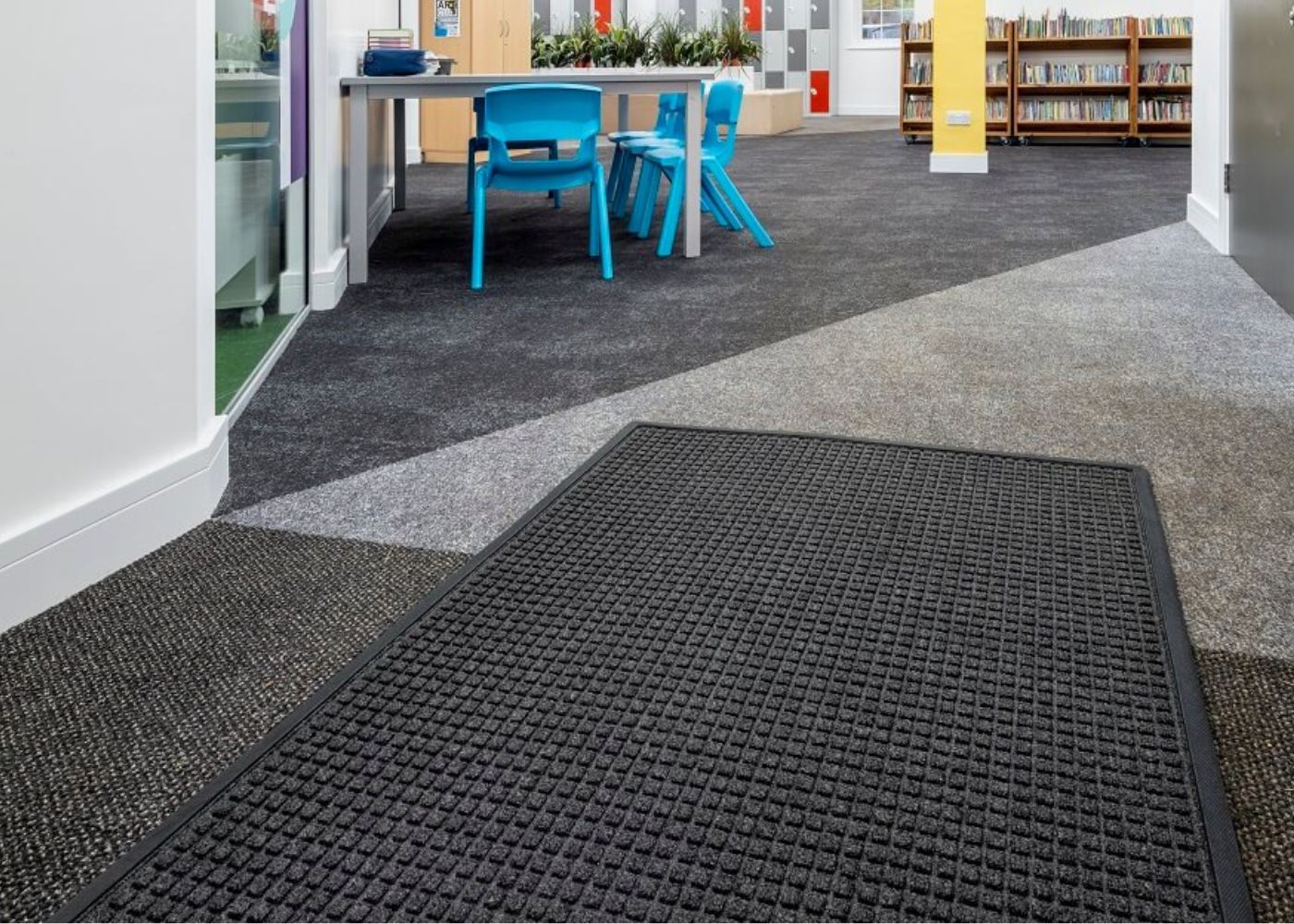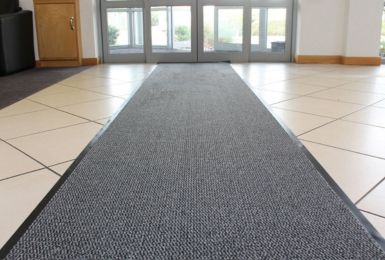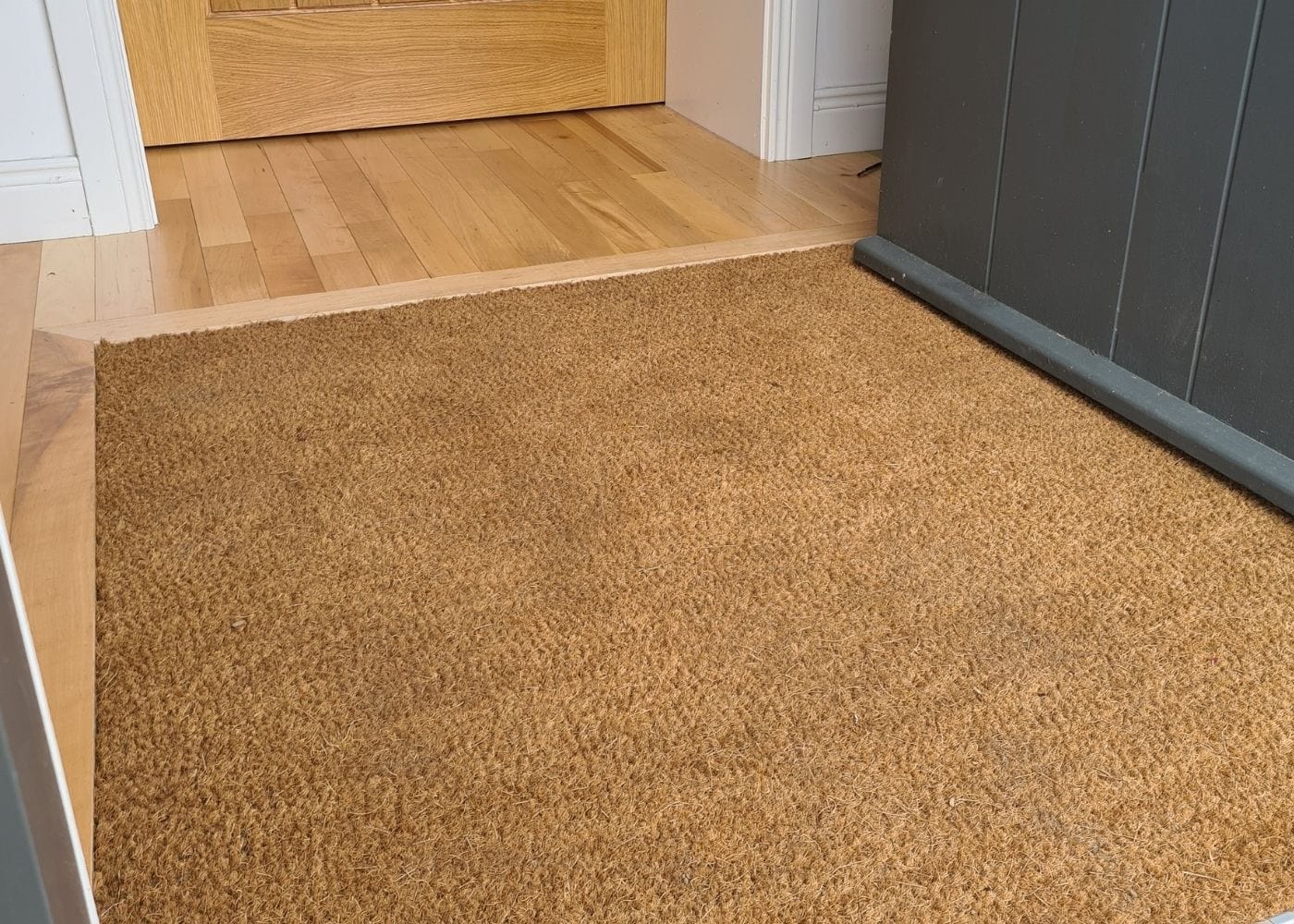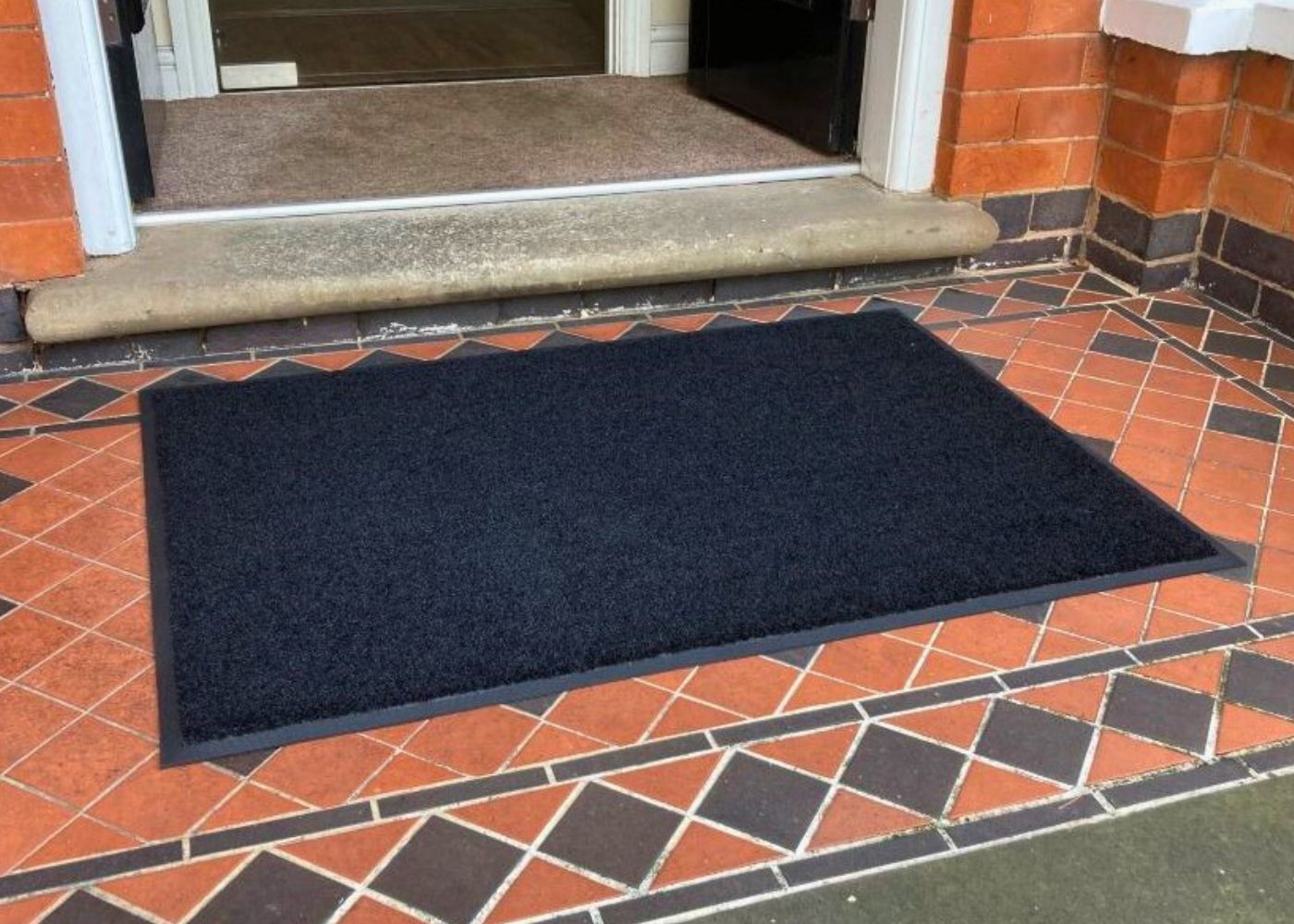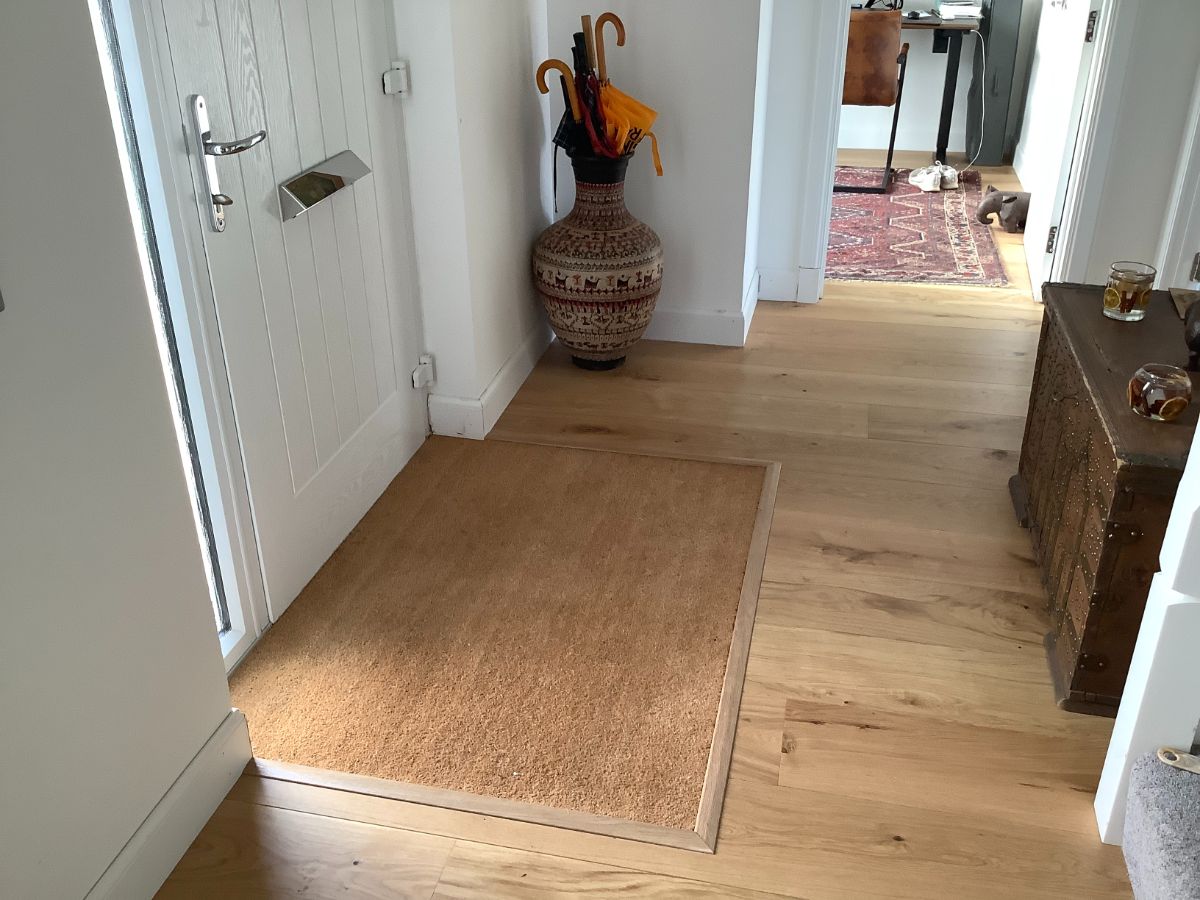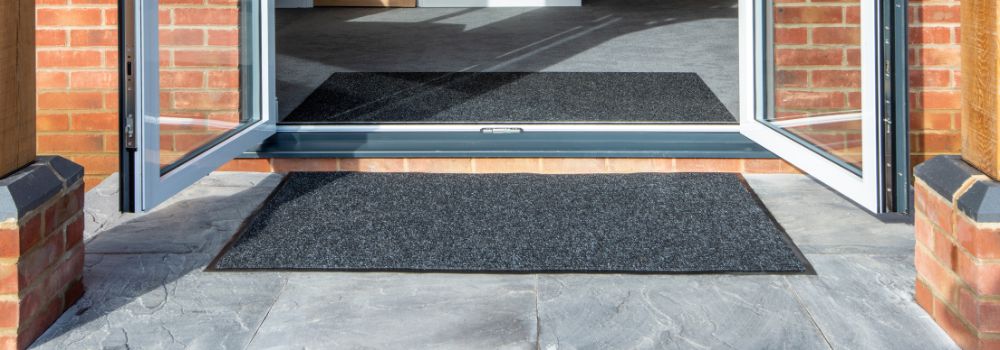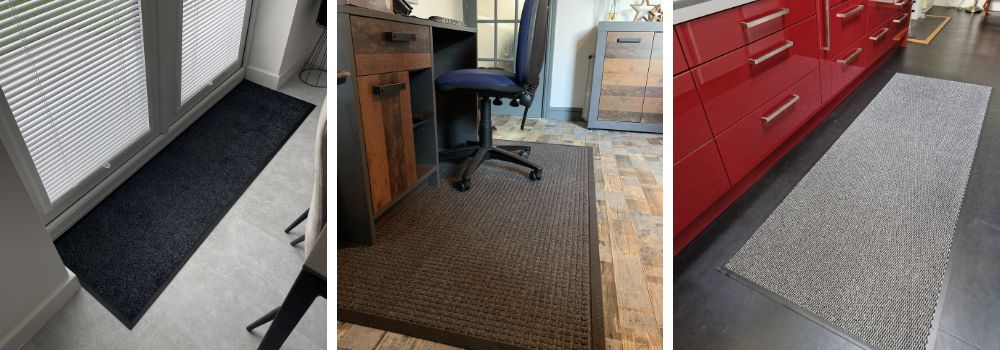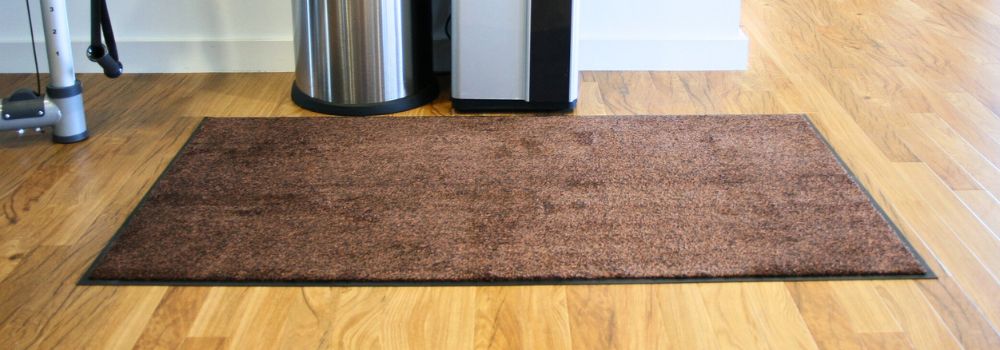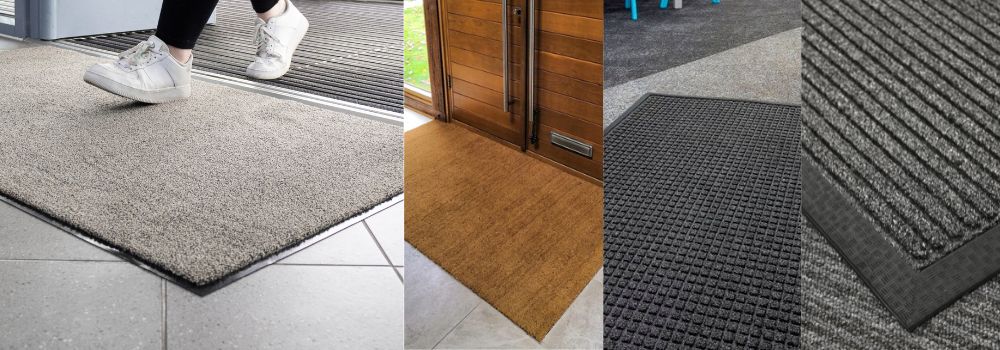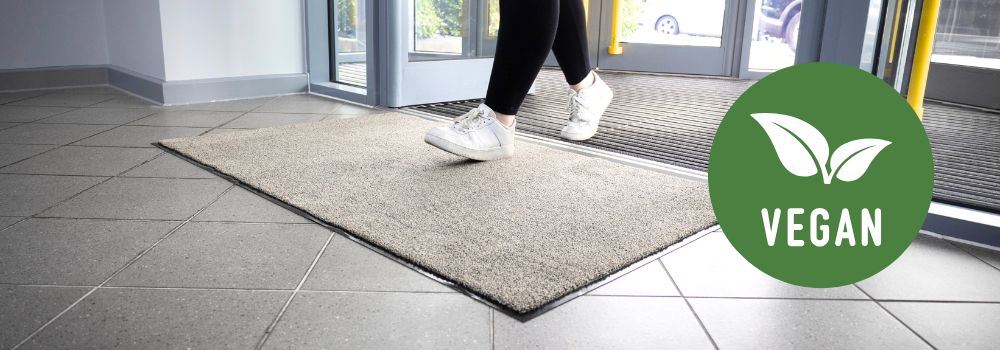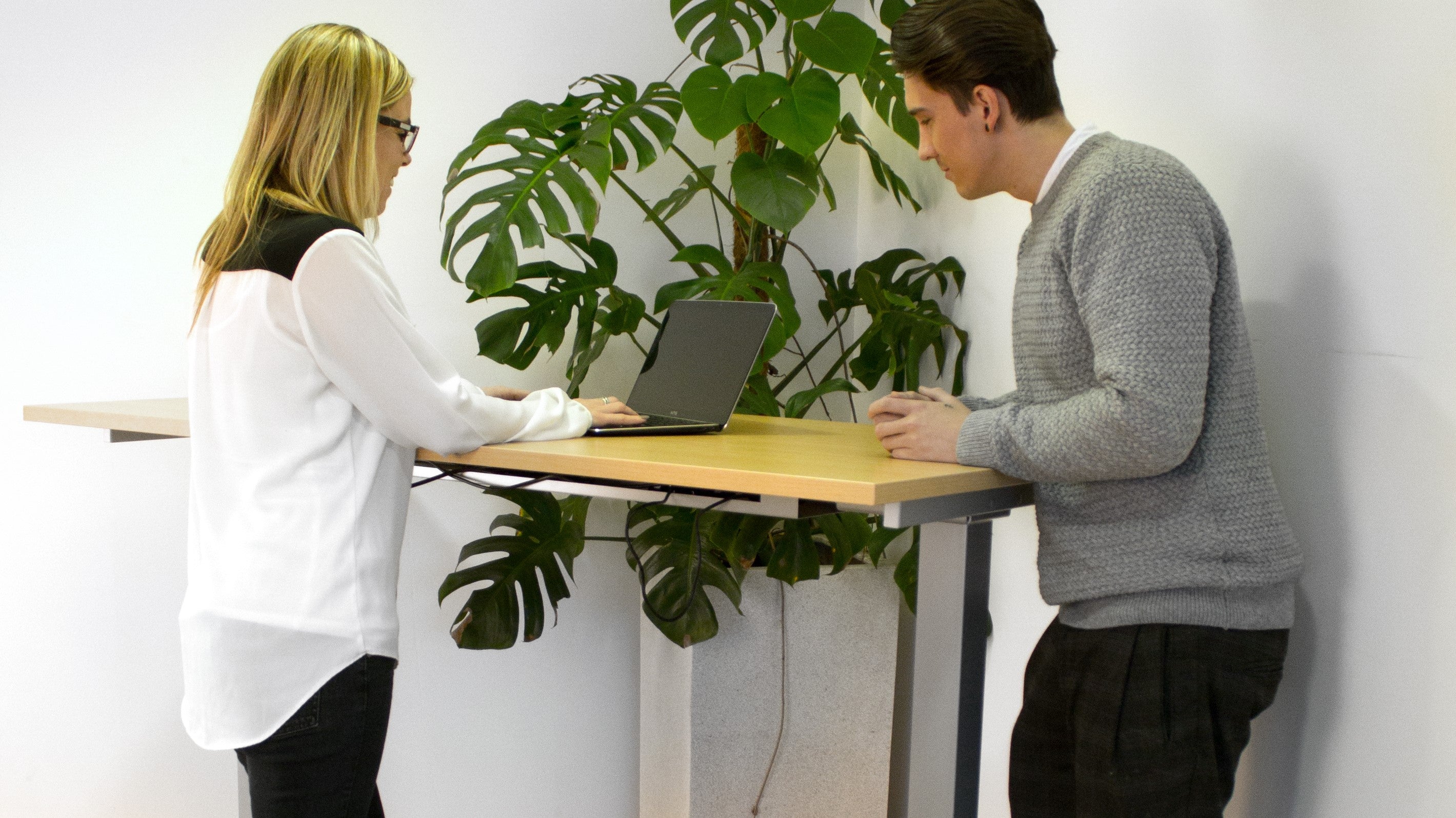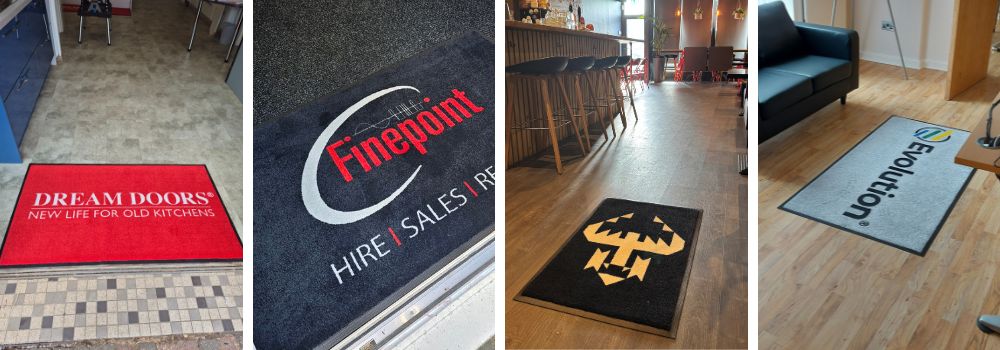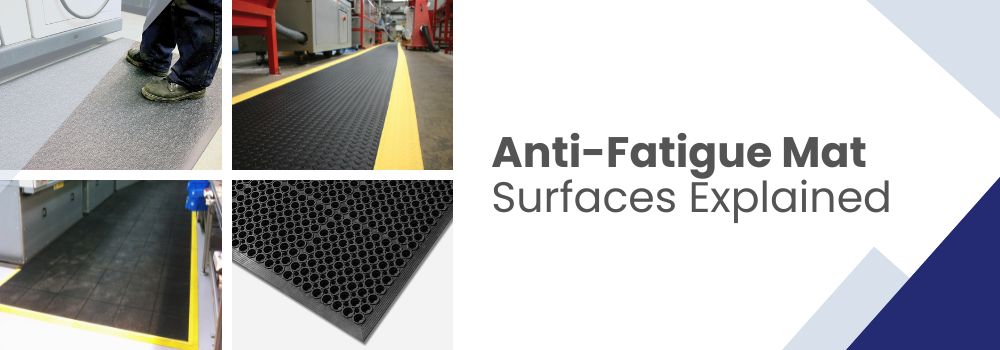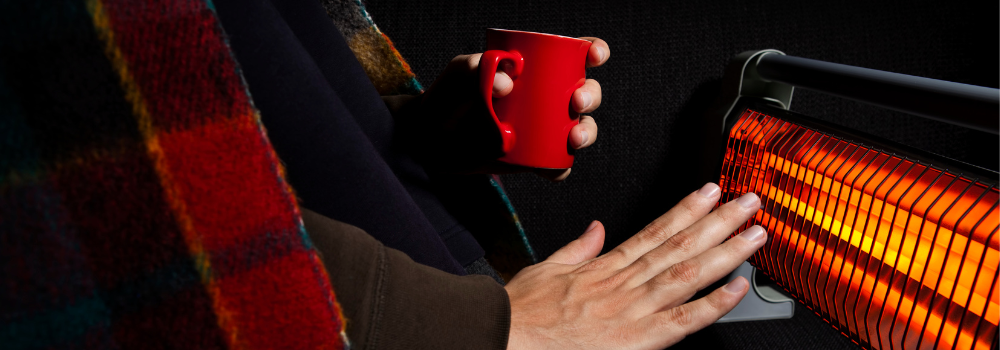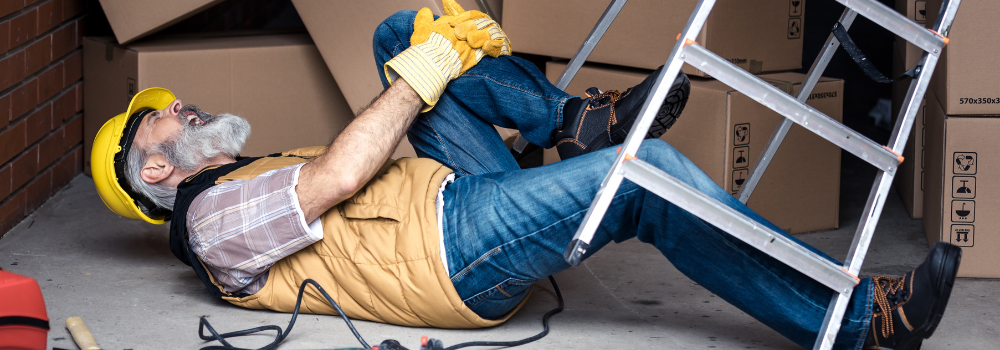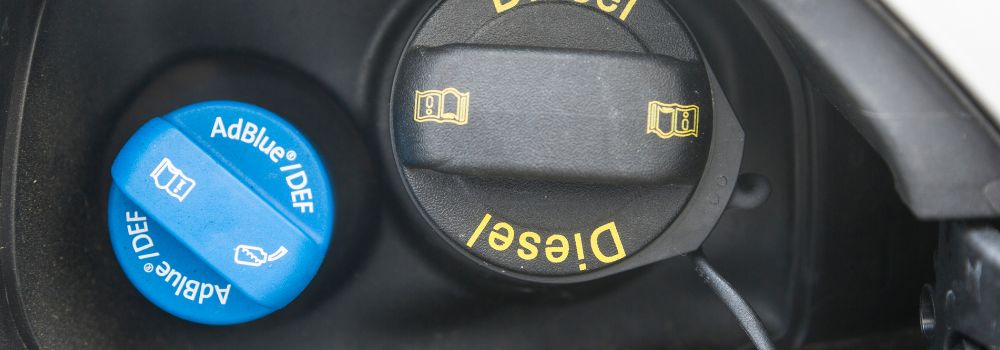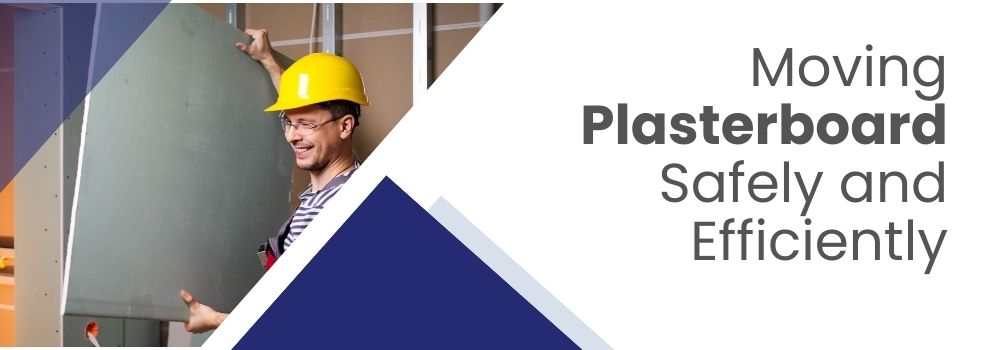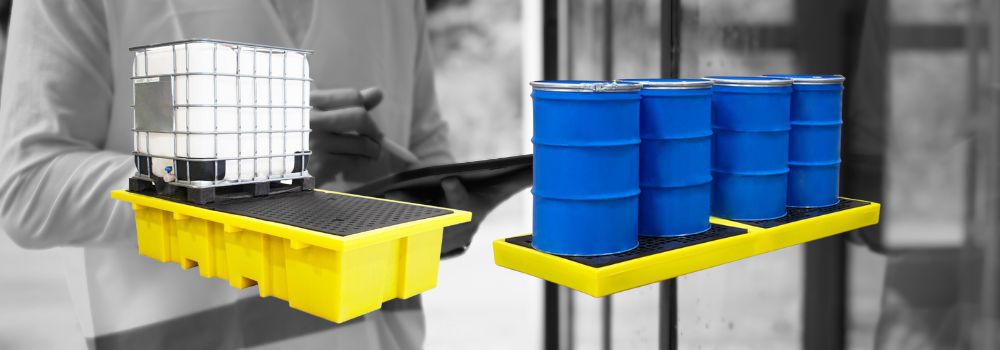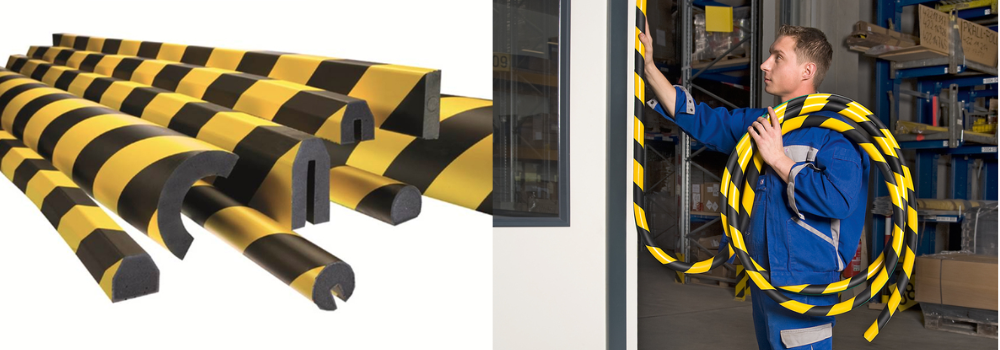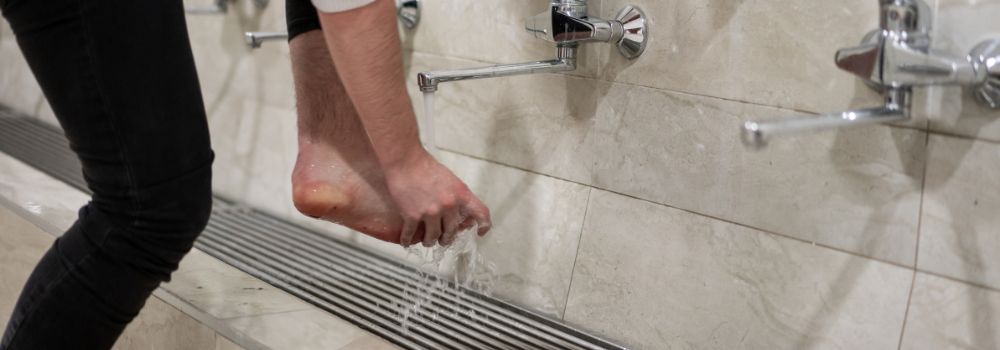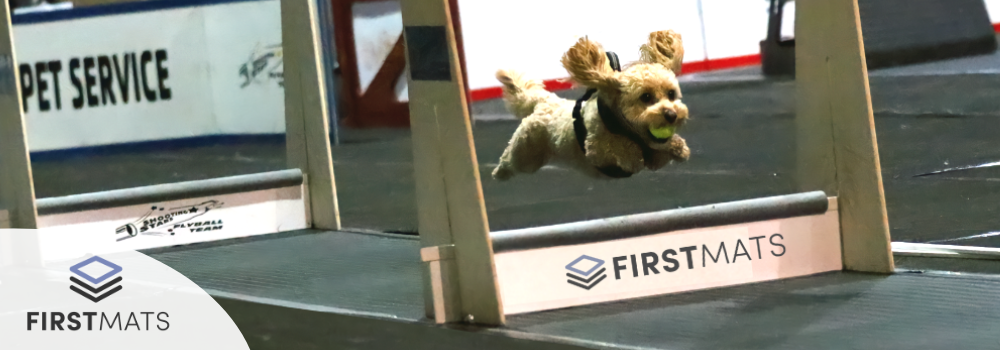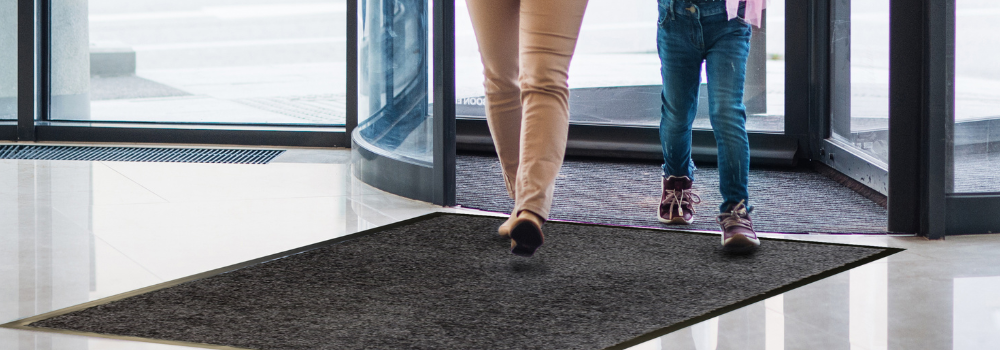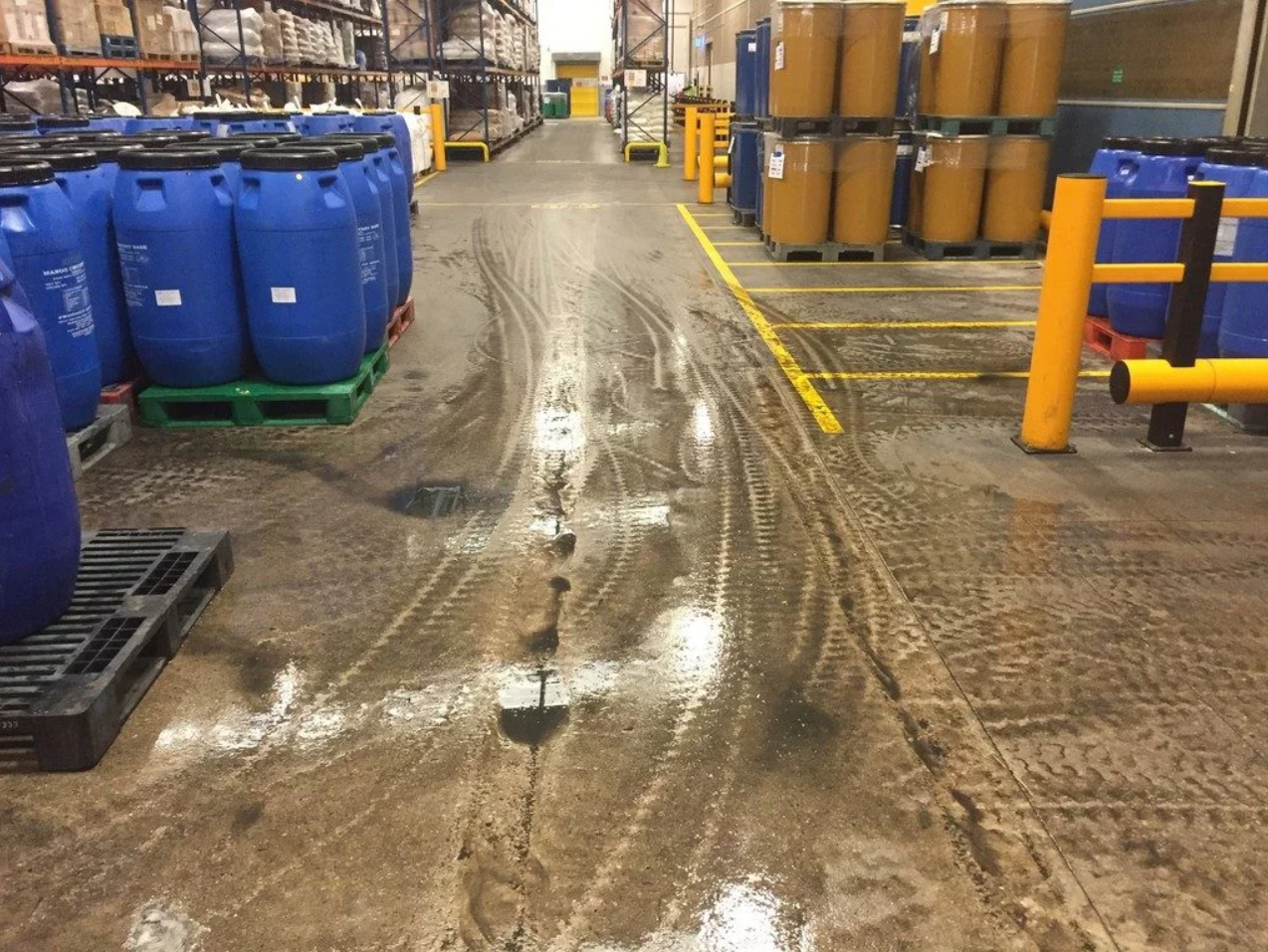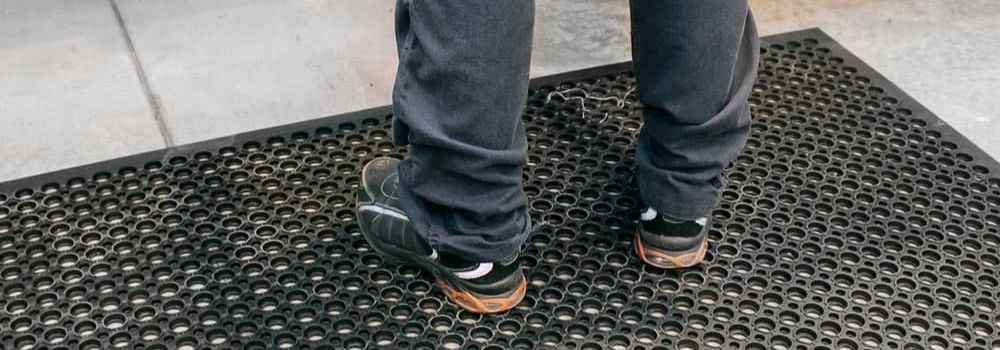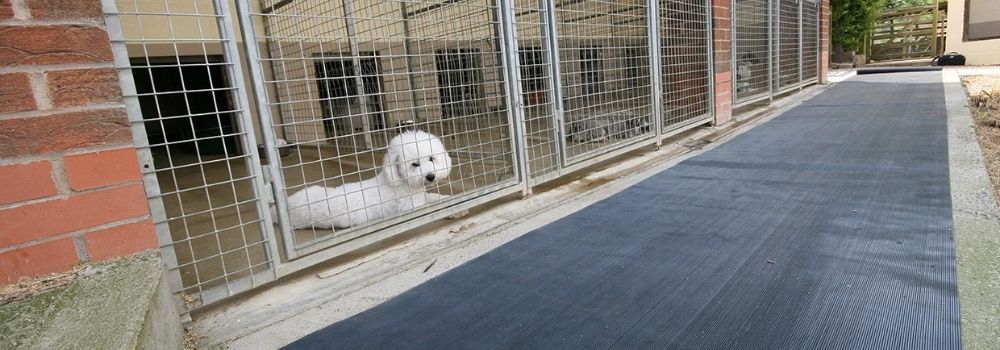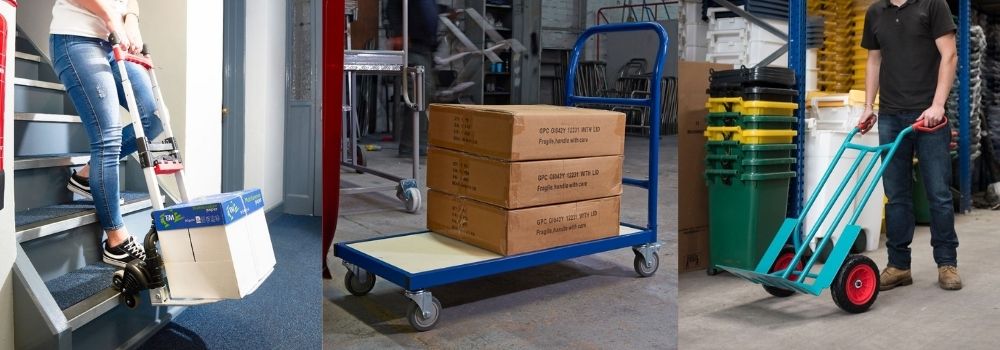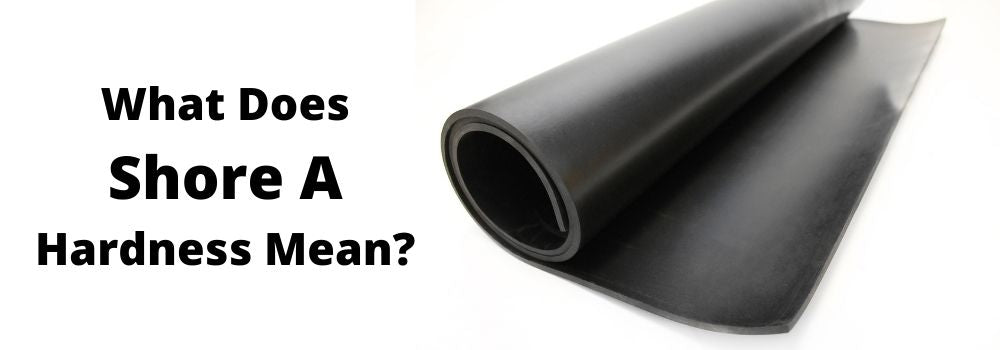How to Stop Rugs Moving on Carpet

by Richard O'Connor
Aug 03, 2021 | *6 minutes to readLaying down a nice rug or two is a great way to add style and sophistication to your home. The great news is there are many choices nowadays, whether you want a classy rug to dress up the fireplace, add a touch of class to the hallway, or bring your bedroom to life.
The major problem with rugs is that they tend to move, especially on carpeted floors.
Whether you invest in a heavy rug or a light runner, you may quickly find them moving around on your carpet floor, especially if you have a busy household with plenty of footfall. Moving rugs can also be a little frustrating when vacuuming if they’re not appropriately secured to the floor underneath. Curling ends are also a constant problem with rugs, especially with much lighter and thinner rugs.
You generally get more movement when a rug is laid on slippery wood or laminate flooring, but even on carpeted floors, there can be issues. Here we look at why rugs move around so much and what simple steps you can take to ensure they stay put and cause you less hassle.
For mats and rugs used on hard floors, see our other matting and flooring products for more information.
Why is My Rug Moving All the Time?
Most people think that the coarser material of a carpet and the underside of a rug should create enough friction to stop them from moving too much. Many modern rugs, however, are made of much lighter material than in days gone by, which means they don’t settle with enough weight onto the carpet.
Larger rugs are naturally heavier and generally come with fewer problems, but if you have a runner or a smaller mat, you may constantly have to shift it back into place because it moves so often.
Another problem is this – when you walk on a standard carpet you push the weave in one direction, which can cause the rug to move over the carpet quite quickly, especially if you are wearing trainers or shoes with a strong grip. This push motion can be even more problematic in areas like hallways, causing slippage as you step through the door.

Three Ways to Stop Rugs Moving on Floors
If you have a rug that is constantly moving on the carpet, the good news is that there are some easy and cost-effective solutions.
1. Anti-Slip Underlays
The first is to invest in a non-slip underlay that sticks to the bottom of your rug and prevents things from moving by adhering to the carpet below. These products are usually made of rubber, creating a lot of friction between the two surfaces. An underlay has the added advantage of helping your rug stay flat and not curl up at the edges – a common problem with thinner rugs today.
Anti-slip underlays are available in different sizes from carpet stores and online. All you need to do is measure your rug and find the underlay that fits as closely to the edges as possible, and most outlets have a range of sizes. For example, if you have a round rug, buy a larger underlay and then cut it to size to fit the area you need.
2. Rug Tape
Rug Tape is a much cheaper and simpler option, but a lot of tape is needed to stop the rug from moving on carpet than a full non-slip underlay does. Double-sided rug tape is available at most DIY stores and online, and can quickly be attached to the bottom of your rug and then stuck to the carpet.
This method can be used for any shape or size of rug and also works well if you have wood or laminate flooring. However, if you’re placing your rug on a carpet, you may need to renew the tape at regular intervals as the bond can weaken over time and with normal foot traffic.
Another slight problem is that the tape can leave a mark on the carpet underneath if you have your rug in the same place all the time.
3. Use Your Furniture
This is a quick and easy option if you want a temporary solution, but it also depends on where you have your rug. If it’s in the living room and is large enough, you may want to use items like the sofa to weigh down the rug.

Rising Corners
One of the problems we often see with rugs is the corners turning up. This often happens with thinner ones and can lead to trips and even falls. Certainly, putting in a non-slip base or using tape can help solve this issue, especially for lighter rugs such as runners.
Buying the Right Rugs for Your Home
Moving rugs always have the potential to be a problem at home, so it’s essential to think of some inbuilt solutions when considering a new one.
The first is to buy a heavier rug or mat. Simply put, the more heft you have, the less likely it is that your rug will move around at all. Large door mats or rugs are also less likely to move than smaller or narrower ones.
There are other advantages. Heavier rugs are more resistant to wear and tear, especially if you have an area with constant footfall. Heavier rugs tend to last much longer than lighter rugs. While it may mean spending a little more, the benefits and the durability means that you’re getting much better value for your money.
The second solution is to buy a mat or rug that already has a non-slip base built into it. For example, some mats and rugs include a claw or gripper backing, with lots of small raised bumps moulded into the rubber backing.
Location plays a big role when working out how to stop your rugs from moving. Of course, you’ll get more potential movement on smooth services like laminate, vinyl tiles and wood flooring. Non-slip bases and rug tape should help solve your problem quickly enough.
Finally, with areas like living rooms and bedrooms where there may be carpets, our advice is first to consider the weight and size of your new rug. The bigger and heavier, the better.
Explore More Topics
Frequently Asked Questions
If you have any questions, we’re here to help
How long does delivery take?
Each product comes with a specified lead time for delivery. We'll keep you informed if there are any delays in meeting this timeline.
Typically, once you’ve finalised your order and approved the proof, it will take 4-5 business days to make and deliver your finished mat.
If my order is damaged, can I return or exchange it?
Got a problem with your order? If something's not right or you're not thrilled with the quality, just let us know within 14 days of getting it. Drop us a line, and we'll tell you what to do next—usually, it starts with you sending us a photo of the issue. Once we check that out, we'll sort you out with a refund or a new item, no fuss.
Can I get my mat delivered more quickly?
Need your item in a hurry? Just Contact us to explore the faster delivery options we might have for you!
If my custom mat is damaged, can I return or exchange it?
Got a problem with your order? If something's not right or you're not thrilled with the quality, just let us know within 14 days of getting it. Drop us a line, and we'll tell you what to do next—usually, it starts with you sending us a photo of the issue. Once we check that out, we'll sort you out with a refund or a new item, no fuss.





